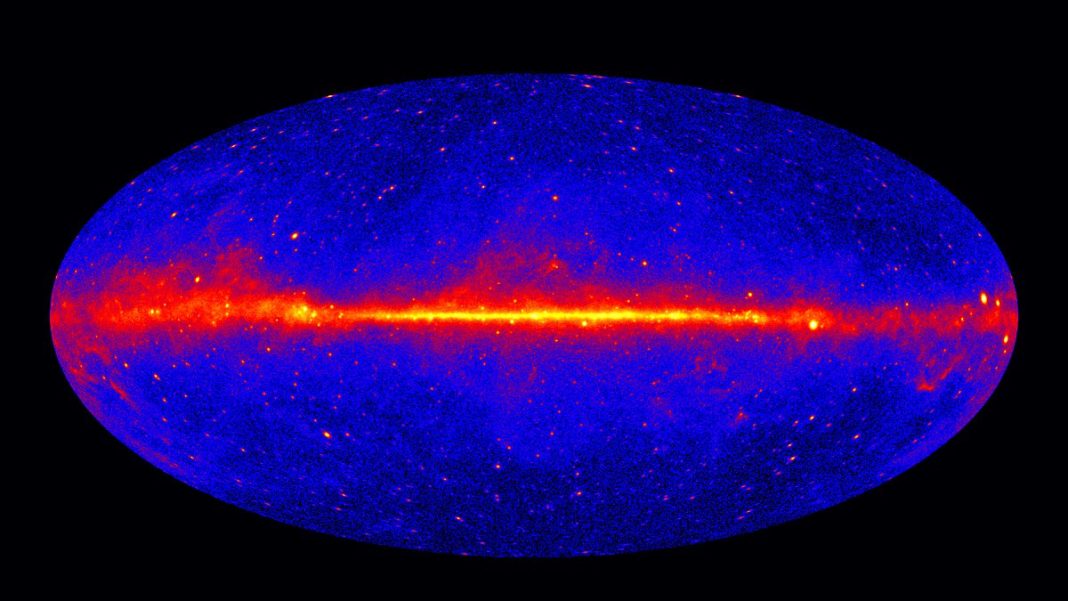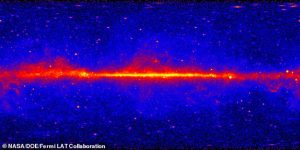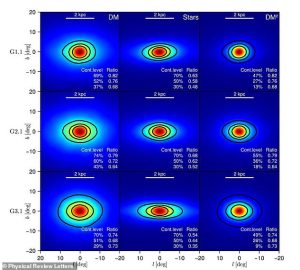Dark Matter Breakthrough: Galactic Gamma Ray Glow May Reveal Elusive Substance
Scientists may have captured the first indirect evidence of dark matter through mysterious gamma ray emissions from our galaxy’s core. Johns Hopkins University researchers found that the unexplained glow matches simulations of colliding dark matter particles.
Key Findings
- Gamma ray emissions from Milky Way’s center match dark matter collision predictions
- Dark matter accounts for 27% of universe but has never been directly observed
- New supercomputer simulations incorporate galaxy formation history
- Findings equally support dark matter and neutron star hypotheses
The Galactic Mystery
Since 2008, NASA’s Fermi satellite has detected an unusual gamma ray glow emanating from the Milky Way’s center. This diffuse radiation doesn’t originate from any identifiable source, puzzling astronomers for years.
Professor Joseph Silk, co-author of the study published in Physical Review Letters, explains: ‘Dark matter dominates the universe and holds galaxies together. Gamma rays, and specifically the excess light we’re observing at the centre of our galaxy, could be our first clue.’
Simulation Breakthrough
The research team created sophisticated supercomputer models that accounted for the Milky Way’s formation history. ‘Our galaxy formed out of a vast cloud of dark matter,’ Professor Silk notes. ‘The ordinary matter cooled down and fell into the central regions, dragging along some dark matter for the ride.’
When researchers compared their simulations with actual Fermi telescope data, the predicted dark matter distribution perfectly matched the observed gamma ray patterns.
What is Dark Matter?
Dark matter constitutes about 27% of the universe, outweighing visible matter six to one. Unlike normal matter, it doesn’t interact with electromagnetic forces, making it invisible to telescopes. Scientists can only detect its presence through gravitational effects on visible matter.
Future Verification
While not yet conclusive proof, this discovery significantly strengthens the dark matter hypothesis. The upcoming Cerenkov Telescope Array in Chile, the world’s most powerful gamma ray telescope, may finally resolve the debate.
‘Detecting the same signal Fermi found for the galactic centre in nearby dwarf galaxies would confirm the dark matter hypothesis,’ Professor Silk concludes, expressing hope that the new telescope will distinguish between dark matter and neutron star radiation signatures.







